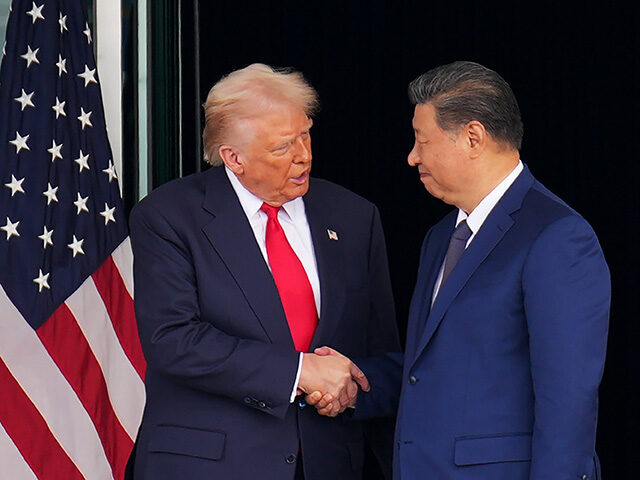Fresh off an “amazing meeting” in South Korea, President Donald Trump said he and China’s Xi Jinping agreed to “work together” to try to end the war in Ukraine. As Trump put it, both sides are “locked in and fighting,” and while the situation is “crazy,” he said Xi will help and they’ll “work together on Ukraine.” Not a bad day’s work at 30,000 feet.
A U.S. intelligence assessment sent to Congress this month says Vladimir Putin is “more dug in than ever” and intends to keep fighting until he can claim victory—despite the costs. Trump, for his part, didn’t raise China’s purchases of Russian oil with Xi in this meeting, even though Ukrainian officials had hoped he would, arguing Moscow’s war economy leans heavily on Beijing. Their view: pressure the purse strings, and you define the “outlines” of ending the war. Fair point—follow the money.
Trump has already leaned on Russia’s other main customer, India, to ratchet back, and last week his administration slapped heavy sanctions on Russia’s two biggest oil firms—penalties so tough that both China and India signaled they’d have to cut Russian crude. That’s called leverage. Washington, take notes.
Then came the energy curveball. In a Truth Social post, Trump said China agreed to “begin the process of purchasing American Energy,” hinting at a “very large scale” oil-and-gas transaction from Alaska. He added that Energy Secretary Chris Wright and Interior Secretary Doug Burgum, along with their teams, will meet to see if they can finalize a deal. If you’re keeping score, shifting Chinese demand from Russia to the United States while pushing on Ukraine diplomacy is what normal people call a twofer.
Context matters: the U.S. currently supplies roughly 5% of China’s LNG imports and about 2% of its crude oil. Growing those shares—especially from Alaska—would mean jobs, investment, and a little less cash flowing to the Kremlin. Funny how “peace through strength” often includes pipelines and tankers.
On the home front, Burgum announced the opening of 1.56 million acres along ANWR’s coast for development and cleared permits for the 211-mile Ambler Road to access more of Alaska’s resources. Environmental groups objected, and the previous administration had moved to block both, but the current policy is to “unlock Alaska’s energy and resource potential while honoring commitments to the state and local communities.” Translation: energy independence is back on the table, with real projects to match real words.
Bottom line: Trump’s approach paired hard sanctions with diplomatic outreach and a potential redirection of Chinese energy purchases toward American oil and gas—especially from Alaska. That’s pressure on Russia, opportunity for U.S. workers, and momentum on Ukraine. Call it what you want; we’ll call it progress.


